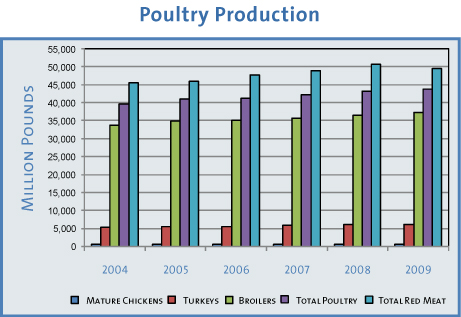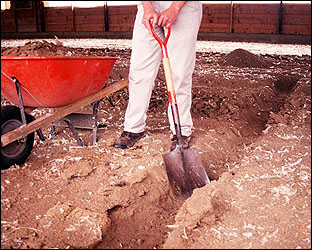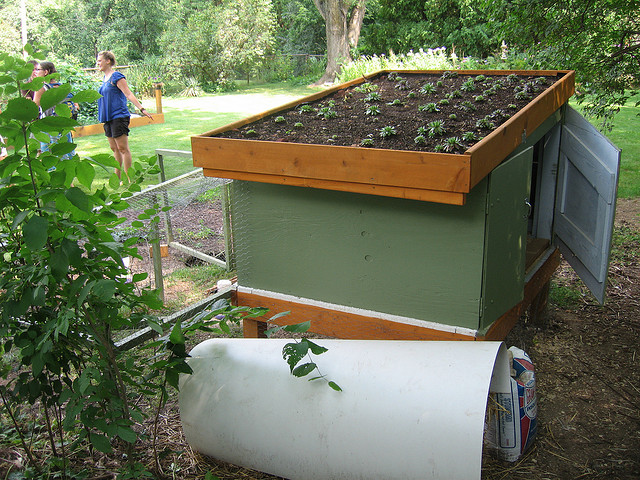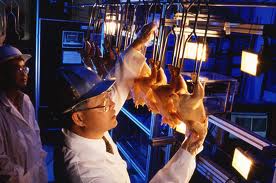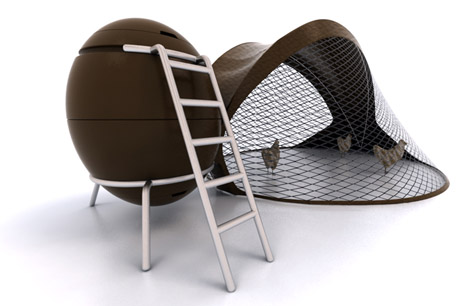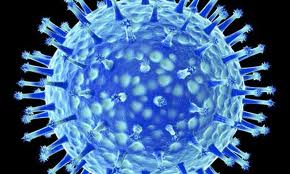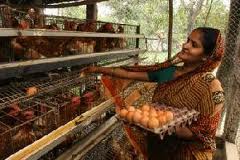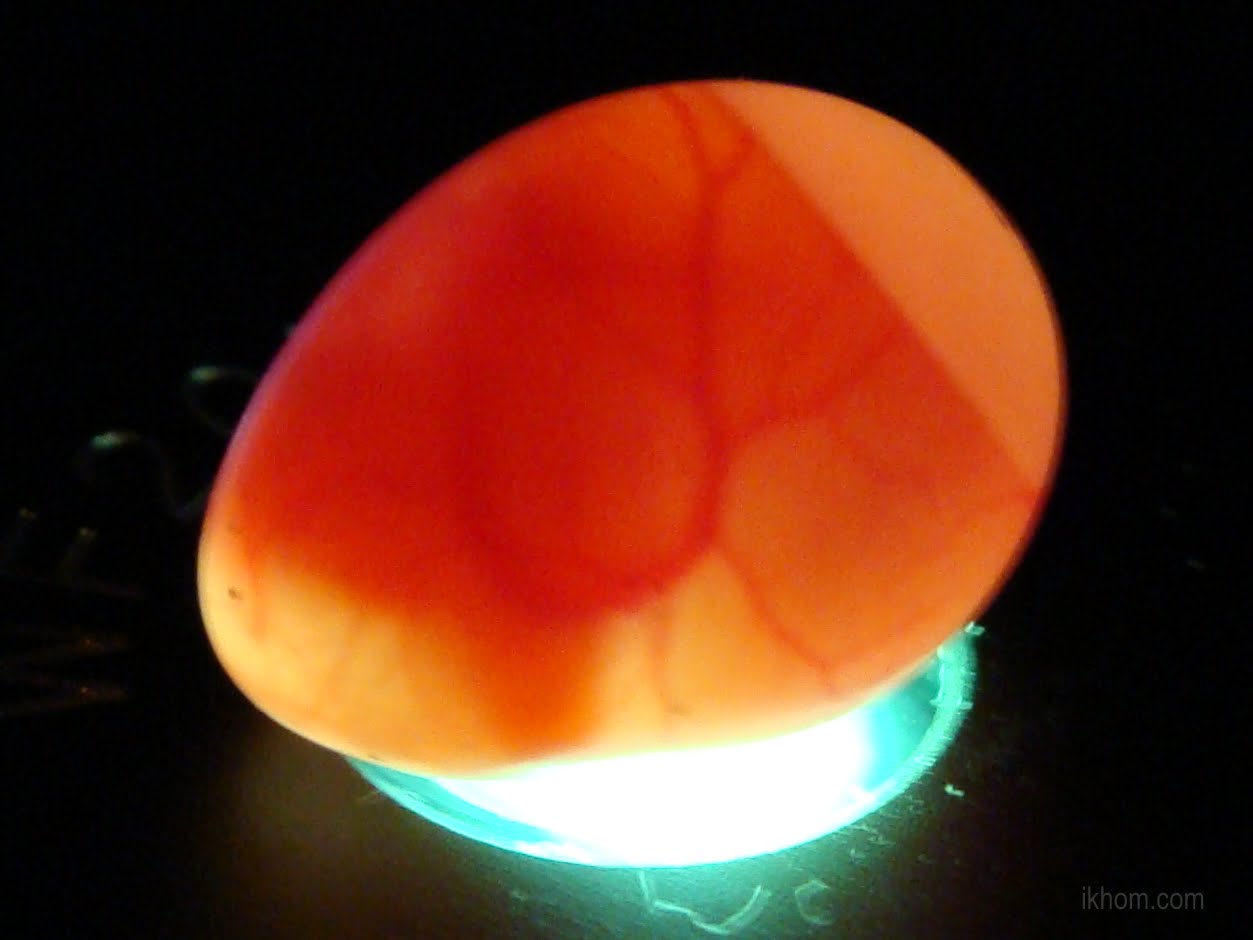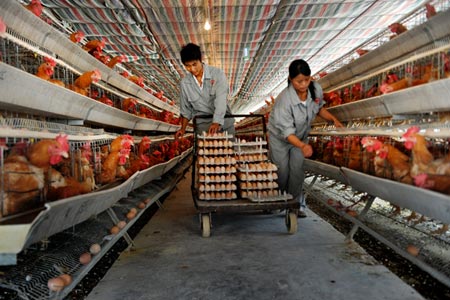Upcoming Trends in World Poultry In the year 2012, the projected expansion of the worldwide meat production is 2 percent, thus taking the total figure to 302 million metric tons. Most of the production is going to come from Asia, especially from Russia, China, India, Turkey and Japan according to the Food and Agricultural Organization of the United Nations. According …
Read More »Tag Archives: FEATURED
Deep Litter Method and Litter Management Guide
The nutrition value of poultry is best preserved through the proper and careful management of litter. Furthermore, it is also useful for preventing the surface and the surrounding areas from being contaminated. The importance of all types of litter management including chicken deep litter method, chicken coop deep litter method etc. is best understood in the farm house settings. So, …
Read More »Free green roof chicken coop plans – build one yourself
Since ages people have been raising chickens and cocks in their backyards; there are a number of reasons for indulging in this habit – many do it for their interests and for many it’s the source of income. Interestingly, the survey shows that this trend is getting popular over the years in both rural and urban areas. You must have …
Read More »10 Guiding Principles To Optimize Poultry Processing
Poultry processing should be taken seriously, especially when you plan to optimize the yield and the profits. In other words, you need to make use of a number of standardized procedures and plans in order to get the best value for your investment in broiler processing. For example, if the lighting is too much in the farm setting, then there …
Read More »8 Revolutionary chicken coop designs
Do you have a passion for poultry farming? Enjoy the benefits of the best chicken coop designs. Explore your poultry keeping options through the new and creative designs available at your disposal. Keeping poultry does not have to be stressful once you have mastered the art of backyard chicken coop designs. Chicken coops come in handy in poultry farming because …
Read More »The Effects of Avian Flu(bird flu) on Poultry Sales/humans/birds and its treatment/precautions
The outbreak of any epidemic or the widespread of any disease leads to an inevitable slump in the market. Be the sale in direct or indirect relation to it, the market is affected greatly in any case. So, you can very well analyze the affect on the market if the sale is directly proportional to the epidemic. The product here …
Read More »Current picture of poultry farming in India 2012
The poultry farming sector of India has attained a lot of success over the past few decades as it has been among the most rapidly growing industries here. The growth and progress has been due the investment that has been poured in by the government and private sector. This exposition is to give you an idea about the various features …
Read More »10 Tips for keeping chickens warm in the cold weather
With the start of the winter season, it is vital for the people who manage a backyard Chicken coop or are in the poultry business to take necessary steps to ensure the health and hygiene of their Chickens. So it’s important for them to understand the precautionary measures needed for raising Chickens in winter. As the winter season kicks off, …
Read More »Chicken Egg Candling Guide
Candling chicken eggs is an important part of poultry production, especially when it comes to carrying out observations about the growth of egg overtime. There are a number of phases through which egg passes before getting into a complete shape. The procedure used to observe the development of the embryo that lies inside the egg, is mainly done through the …
Read More »A Comprehensive Guide of China’s Poultry Industry
History and the Development of Poultry Industry in China All the industries in China including the Poultry industry are now on the stage of total economic boom. This tremendous development and boom can be contributed to a number of factors. The development and expansion had started many years back. Based on the analysis and statistics of the china yearbook which …
Read More »